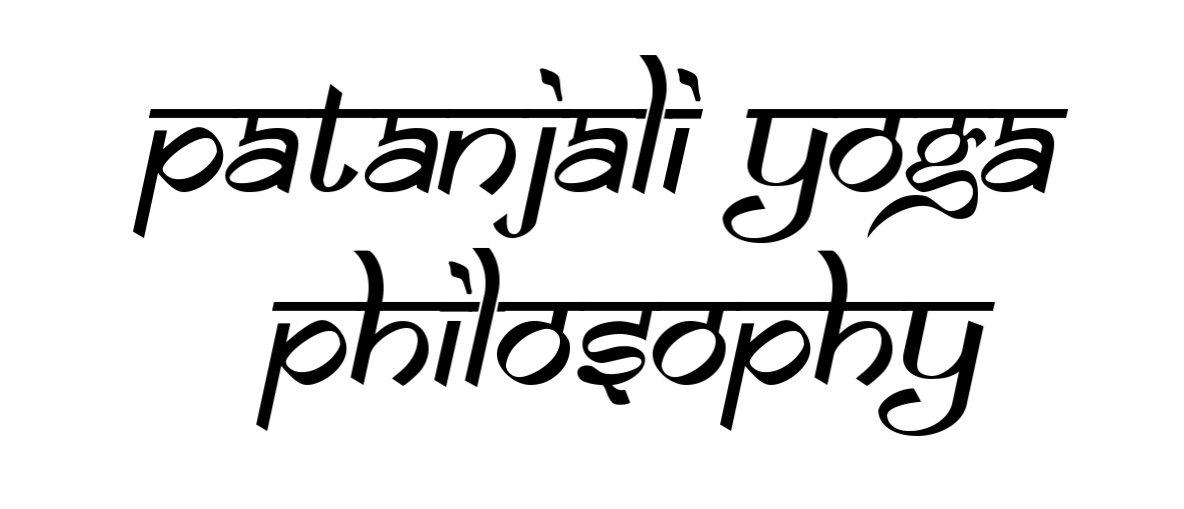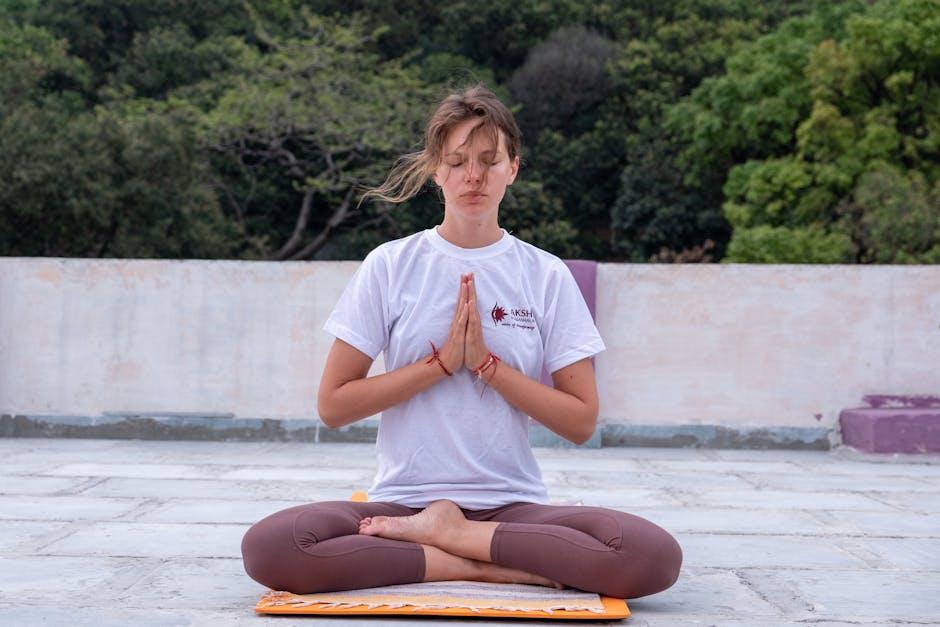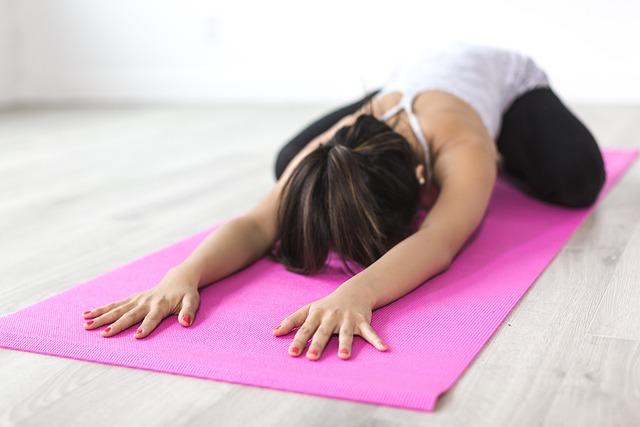In the serene studios of modern yoga, where sunlight filters through large windows and gentle music hums in the background, practitioners move through sequences of postures with a rhythmic grace. These poses, or asanas, often take center stage, celebrated for their ability to sculpt the body and calm the mind. Yet, as yoga classes brim with increasingly complex physical feats, a question lingers in the tranquil air: Does modern yoga overemphasize these physical postures at the expense of its deeper, more spiritual roots? This exploration delves into the evolution of yoga practice, examining whether the balance between the physical and the philosophical has shifted, and what this means for those seeking more than just flexibility and strength from their yoga journey.
Exploring the Roots: Understanding Yoga Beyond the Mat
In the contemporary landscape of yoga, the spotlight often shines brightly on the physical aspect, specifically the array of asanas that are meticulously practiced and perfected. However, yoga is a tapestry woven from much richer threads that extend beyond the physical realm. At its core, yoga embodies a philosophy and way of life that integrates the mind, body, and spirit, a connection that can sometimes become obscured in modern practice.
To delve deeper into the essence of yoga, consider these often overlooked dimensions:
- Pranayama (Breath Control): The art of breath regulation is fundamental, providing a pathway to mental clarity and emotional balance.
- Meditation: A practice that cultivates mindfulness and fosters a deeper connection to one’s inner self.
- Yamas and Niyamas: These ethical precepts and personal observances guide practitioners toward a more harmonious and meaningful life.
- Philosophical Teachings: The study of ancient texts like the Yoga Sutras and the Bhagavad Gita offers profound insights into the human experience.
By embracing these elements, yoga transforms from a mere exercise routine into a holistic practice that nurtures the soul and enriches life beyond the mat.

Balancing Act: The Role of Mindfulness and Breathwork in Yoga
In the pursuit of a holistic yoga practice, mindfulness and breathwork play pivotal roles that are often overshadowed by the emphasis on physical postures. These elements, however, are integral in cultivating a deeper connection between mind and body, fostering a state of inner peace and balance. Mindfulness invites practitioners to be present in each moment, enhancing awareness and facilitating a profound introspective journey. By focusing on the breath, practitioners can navigate through life’s challenges with grace and poise, transforming yoga from a mere physical exercise into a meditative practice.
Consider the following benefits of integrating mindfulness and breathwork into your yoga routine:
- Enhanced Focus: Mindfulness cultivates concentration, allowing for a more engaged practice.
- Stress Reduction: Conscious breathing techniques can significantly lower stress levels.
- Emotional Balance: A mindful approach can lead to improved emotional regulation.
- Deeper Relaxation: Breathwork encourages a state of calm and relaxation, enhancing overall well-being.
By weaving these elements into the fabric of yoga, practitioners can achieve a harmonious balance that transcends the physical realm, enriching their overall experience.
Reevaluating Priorities: Integrating Philosophy into Yoga Practice
In the serene world of yoga, there exists a rich tapestry of philosophy that often lies overshadowed by the physicality of modern practice. The ancient sages who shaped yoga viewed it as a comprehensive system for personal evolution, not just a series of asanas. Today, as practitioners move through their vinyasa flows, it’s crucial to remember the deeper layers that can enhance the journey.
- Mindfulness and Presence: Yoga encourages us to be fully present, fostering a connection with the breath that extends beyond the mat.
- Self-Reflection: Delving into philosophical teachings can guide practitioners in understanding their true selves and cultivating a more profound sense of peace.
- Ethical Living: The yamas and niyamas provide ethical precepts that, when integrated, can transform one’s lifestyle and interactions with others.
By integrating these philosophical elements, yoga transcends its physical form, becoming a holistic practice that nurtures both body and soul. Embracing this balance can lead to a more fulfilling and authentic yoga experience.

Guiding the Way: Recommendations for a Holistic Yoga Experience
To cultivate a truly enriching yoga journey, it’s essential to look beyond the confines of mere physical postures and embrace a more holistic approach. Here are some recommendations to guide you on this path:
- Mindful Breathing: Integrate pranayama practices to enhance your awareness and connect with the present moment.
- Meditation Practices: Dedicate time to meditation to deepen your mental clarity and foster inner peace.
- Philosophical Exploration: Delve into the ancient texts and teachings that underpin yoga, enriching your understanding and appreciation.
- Community Connection: Engage with fellow practitioners to share experiences and insights, building a supportive network.
- Lifestyle Integration: Incorporate yogic principles into daily life, promoting balance and harmony beyond the mat.
By weaving these elements into your practice, you’ll not only enhance your physical capabilities but also nurture your mind and spirit, creating a well-rounded yoga experience.

